This website uses cookies
This website uses cookies to enable it to function properly and to analyse how the website is used. Please click 'Close' to accept and continue using the website.


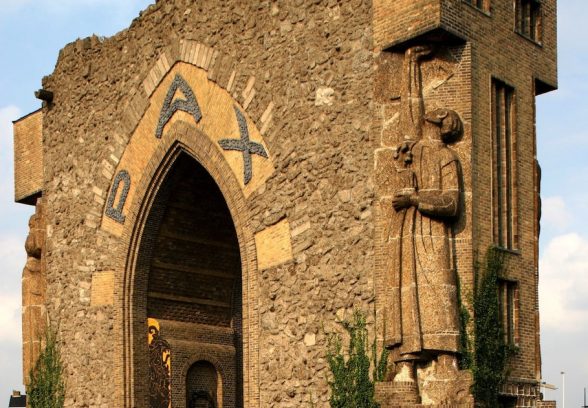
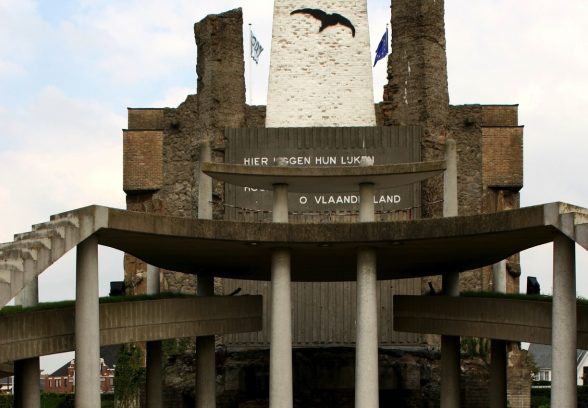
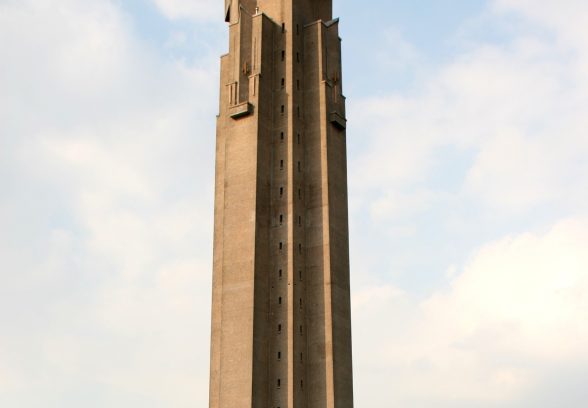
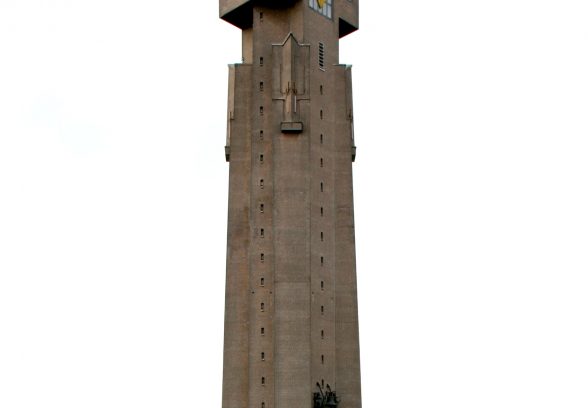
Belgium: Ijzertoren, Diksmuide
Architect: Han Groenwegen
Location: Diksmuide, Belgium
The principal landmark in Diksmuide is the tall Ijzertoren or Ysertower to the west of the town, which is both a war memorial and a symbol of Flemish nationalism – the focus of pilgrimages. The original Expressionist structure designed by Han Groenwegen was begun in 1928 and inaugurated in 1930 when the bodies of ‘Yzerheroes’ – some of the Flemish-speaking Belgians who died defending the little piece of Belgium that remained in 1914 – were buried in the crypt. The base bore the inscription No More War in four languages while the summit, in the form of a cross, bore the symbols or monograms of the Flemish Catholic Student Movement: A-V-V – All for Flanders – and V-V-K – Flanders for Christ. This provocative architectural statement was a response to the shabby treatment of Flemish-speaking soldiers during the war by the French-speaking officer class and government. Some 80% of the Belgian army were Flemings yet they were given orders in French and had French inscriptions on their gravestones (in 1925 headstones with the Flemish symbol designed by the half-Irish Flemish nationalist artist Joe English (1882-1918) were placed in war cemeteries were removed and destroyed by the military authorities). This caused intense resentment – creating a division between Flemings and Walloons .
This tower also created resentment among the French-speaking (possibly exacerbated by the sympathy of some right-wing Flemish nationalists for the Nazi European vision during the Second World War) and it was blown up by persons unknown in 1946. That was a self-defeating gesture, for an even bigger IJzertoren was then raised next to the ruins of the old one – which was made into a Gateway of Peace in 1950. The new tower – very similar to the old one and bearing the same legends – was built in 1952-65 and is 84 metres tall, containing 22 floors which serve as a museum. There is also a Chapel with stained glass made by Eugeen Yjoors after designs by Joe English (who was re-buried in the original crypt) as well as a large mural by Hendrik Luyten.
Gavin Stamp
Either enter the name of a place or memorial or choose from the drop down list. The list groups memorials in London and then by country
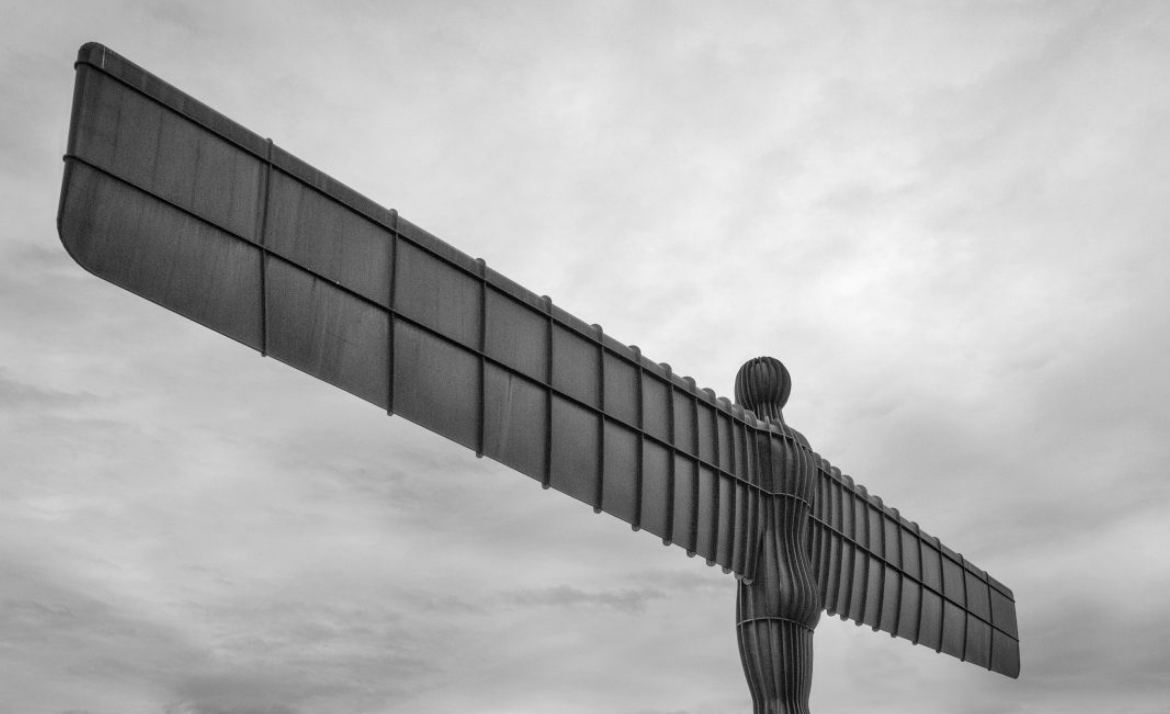
Become a C20 member today and help save our modern design heritage.